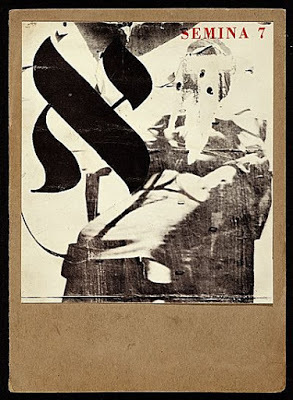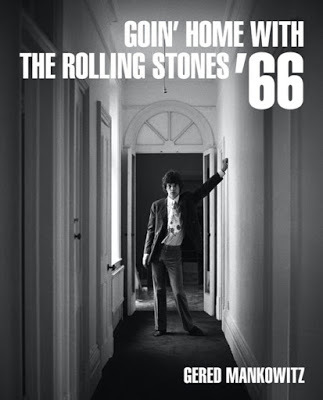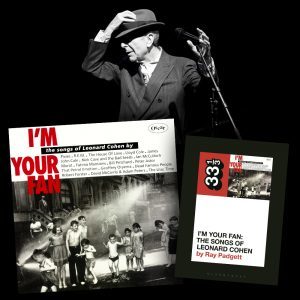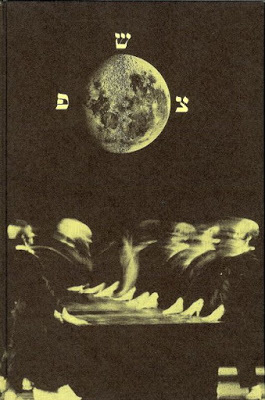Tosh Berman's Blog, page 115
December 1, 2020
BOOK MUSIK: Interview with Paul Morley on his book "A Sound Mind" (Bloomsbury)
Book Musik 035 – A Sound Mind discussion with author Paul MorleyPosted on December 1, 2020 by Book Musik
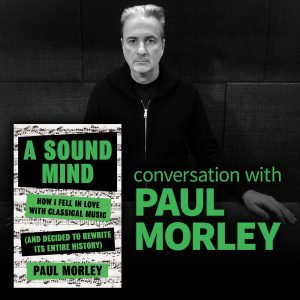 Tosh and Kimley are joined by writer Paul Morley to discuss his latest book A Sound Mind: How I Fell in Love with Classical Music (and Decided to Rewrite Its Entire History). Paul is a man after our own heart with wildly eclectic taste in music, an insatiable curiosity and a willingness to challenge his own assumptions. He is a well-established and highly respected pop/rock writer who’s been covering the scene since the 70s. In his 50s he realized that pop music wasn’t giving him the jolt it once did and decided to explore classical music. He discovered that its newness to himself made it as exciting if not more so than the latest pop phenomenon. It’s a fascinating adventure and the book is a passionate call to never stop expanding one’s horizons.
Tosh and Kimley are joined by writer Paul Morley to discuss his latest book A Sound Mind: How I Fell in Love with Classical Music (and Decided to Rewrite Its Entire History). Paul is a man after our own heart with wildly eclectic taste in music, an insatiable curiosity and a willingness to challenge his own assumptions. He is a well-established and highly respected pop/rock writer who’s been covering the scene since the 70s. In his 50s he realized that pop music wasn’t giving him the jolt it once did and decided to explore classical music. He discovered that its newness to himself made it as exciting if not more so than the latest pop phenomenon. It’s a fascinating adventure and the book is a passionate call to never stop expanding one’s horizons.
Theme music: “Behind Our Efforts, Let There Be Found Our Efforts” by LG17
November 23, 2020
Wallace Berman, Untitled, circa 1965
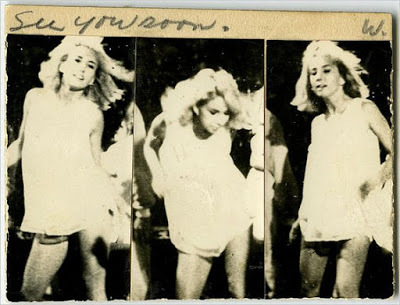
A card my father sent to Teri Garr via the mail. "Wallace Berman, Untitled, circa 1965. The model is Teri Garr."
November 21, 2020
Wallace Berman's "Semina 7"
November 17, 2020
Tosh's Favorite Albums of 2020
Keep in mind these are albums I purchased in the year 2020. Some of the music is old, but it's new to me. And in no special order - My favorite albums of 2020 are:
The Bachelor Pad -"All Hash and Cock"Ennio Morricone - "Peur Sur La Ville" Jack Nitzsche -"Jack Nitzsche"The Quick - "Untold Rock Stories"Jarvis Is... - "Beyond the Pale"Dan Penn - "The Fame Recordings"Sparks - "A Steady Drip, Drip, DripEgisto Macchi - "Sud e Magia"V.A.- "Hallucinations: Psychedelic Pop Nuggets from the WEA Vaults"A Raincoat - "Digalongamacs"The Preachers -"Moanin'"Various – "More Lost Legends Of Surf Guitar"Charlie Parker – "The Savoy 10-Inch LP Collection"David Bowie - "Is It Any Wonder?"Extended Organ – "Vibe"King Crimson – "THRAK"Vince Taylor & His Playboys* – "Vince Taylor Rocks!"Marc Bölan* – "Electronic Musik"Kenny Graham And His Satellites – "Moondog And Suncat SuitesNovember 16, 2020
November 15, 2020
BOOK MUSIK (No. 34) "I'm Your Fan: The Songs of Leonard Cohen" by Ray Padgett (33 1/3)
Book Musik 034 – I’m Your Fan: The Songs of Leonard Cohen (33 1/3) by Ray PadgettPosted on November 15, 2020 by Book Musik
Tosh and Kimley discuss I’m Your Fan: The Songs of Leonard Cohen (33 1/3)by Ray Padgett. Tribute albums are often derided and tend to elicit a love/hate reaction. When done right, they can illuminate a song and boost an artist’s career as did this one for Leonard Cohen. Padgett looks into not only the specifics of this Leonard Cohen tribute album but the history of the genre in general and some of the key players like producer Hal Willner and frequent contributor Juliana Hatfield. When one great artist covers another great artist it can be sublime. Or it could make your ears bleed. Art is always a gamble…
Theme music: “Behind Our Efforts, Let There Be Found Our Efforts” by LG17
November 14, 2020
David Meltzer "Luna" (Black Sparrow Press) Cover by Wallace Berman (1970)
November 13, 2020
Wallace Berman "Semina 2"
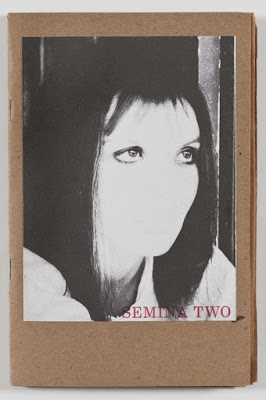
November 12, 2020
Wallace Berman: Semina No. 1 (1955)
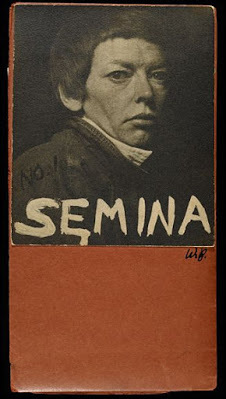
I goofed yesterday due to god knows why, but here is Semina No. 1 edited and published by Wallace Berman. The cover is an image of the artist Cameron. Inside in the publication is the drawing by Cameron that led my dad to Jail for a night or so. From the Metropolitan Museum in New York City:
Title:Semina 1Artist:Wallace Berman (American, Staten Island, New York 1926–1976 Topanga Canyon, California)Author:Robert Alexander (American, Chicago 1923–1978)Artist:Charles Brittin (American, Cedar Rapids, Iowa 1928–2011)Artist: Cameron (American, Belle Plain, Iowa 1922–1995 Pasadena, California)Author:Jean Cocteau (French, Maisons-Laffitte 1889–1963 Milly-la-Forêt)Author: Hermann Hesse (German, 1877–1962)Author: Marion Grogan (American (?), active 1950s)Artist:Walter Hopps (American, Eagle Rock, California 1932–2005)Author:David Meltzer (American, born Rochester, New York, 1937)Author: Peder Carr (American (?), active 1950s)Date:1955Medium:Mixed media artist’s publicationDimensions:7 7/16 × 4 in. (18.9 × 10.2 cm)Classification:PeriodicalsCredit Line:Horace W. Goldsmith Foundation, through Joyce and Robert Menschel, and Joyce F. Menschel Photography Library Funds, 2014Accession Number:2014.8.1
-Tosh Berman
https://www.metmuseum.org/art/collect...
November 9, 2020
Wallace Berman (Untitled, but often known as "Faceless Faces") 1963
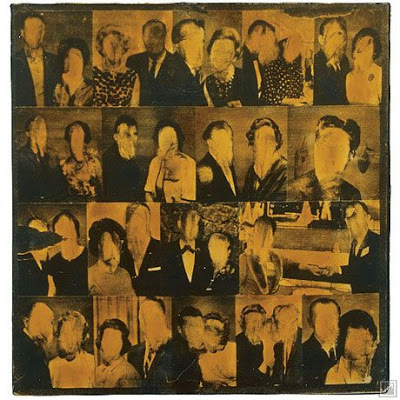
A work by Wallace Berman, sometimes called "Faceless Faces" but not by him. He (very) rarely titled his artwork. The work is owned by MOCA in Los Angeles. Once the museum is open, you can see the work. From their press release: "Interested in chance and spiritual mysticism, Wallace Berman made work rooted in metaphorical explorations. Between 1963 and 1976, he created a series of collages using the Verifax, an early copy machine, to alter found images and reproduce them in mesmerizing duotone grids. Untitled (Faceless Faces) is a grid of photographs of formally dressed couples posing for the camera. Run through the Verifax machine, the resulting reproductions of these photographs were wet, allowing the artist to smudge or erase the faces and identities of the figures. In the resulting collage, the couples have a ghostly presence, their countenances eerily faded and obscured." 1963Frame: 31 1/8 x 31 1/8 x 1 1/2 in. (79.1 x 79.1 x 3.8 cm)31 1/8 x 31 1/8 x 1 1/2 in. (79.06 x 79.06 x 3.81 cm)Image: 29 3/4 x 29 3/4 in. (75.57 x 75.57 cm)CREDITThe Museum of Contemporary Art, Los AngelesGift of Lannan Foundation

